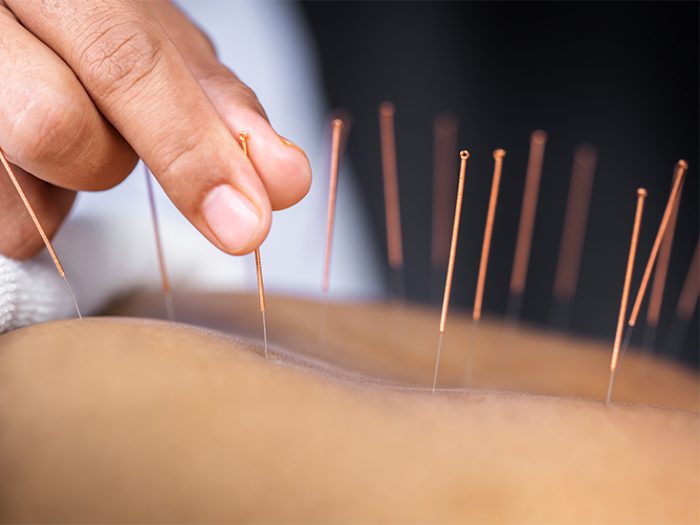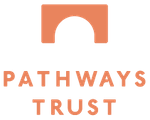
The sprawling capital of China’s Hubei province, Wuhan, was the original epicentre of the COVID-19 outbreak back in December 2019 (which was almost a year ago!) [9]. The pandemic was declared by the World Health Organisation in March 2020 [9]. At present, over 200 countries world-wide have experienced COVID-19 outbreaks. In China, the Chinese government strongly endorsed the deployment of Traditional Chinese Medicine (TCM) to tackle COVID-19. This is consistent with the Chinese healthcare system having a core TCM component and the history of many large-scale Chinese epidemics being abolished through the use of TCM [1-11]. In the absence of a specific pharmaceutical cure, China’s experience in the application of TCM is an invaluable reference. TCM comprises acupuncture, herbal medicine and moxibustion, among other therapies [1,4,8]. Principles we are familiar with in the West such as; early quarantine, early detection and treatment, were integrated with TCM within the Chinese protocol. This integrated approach is believed to have contributed to the rapid containment of COVID-19 in China [1]. Since then, the demand for Chinese medicine has increased substantially, and TCM could play a significant role in the global COVID-19- resistance [1,3,8].
During the large-scale treatment phase of COVID-19 in China, more than 3100 medical staff of TCM were dispatched to Hubei province. TCM experts participated in the whole rescue process and specific TCM wards were established in hospitals [3]. The total number of confirmed cases treated by TCM reached over 60,100 [3]. In a sample size of 102 cases of mild symptoms treated with TCM, the clinical symptom disappearance time was lessened by 2 days, the recovery time of body temperature was shortened by 1.7 days, and the average length of stay in hospital was reduced by 2.2 days, compared to instances without the use of TCM [3]. In October 2020, The Chinese Government announced that all confirmed COVID-19 cases should be treated with TCM [2].
The Chinese national guidelines stratified two groups based on whether someone was suspected or confirmed to have COVID-19. Suspected cases were prescribed four types of Chinese patent medicines, whereas confirmed cases were prescribed a herbal formulae depending on the severity of their clinical classification: from mild to critical. Two herbal formulae were also recommended for people during the recovery process. Professor Liu Li Hong documented the work of his team treating patients with COVID-19 in Wuhan. He emphasised the importance of acupuncture in alleviating symptoms such as “stuffiness in the chest, shortness of breath, abdominal discomfort, itchy throat, cough, dizziness, pain and sweating” [5]. His report is emphatic about a herb called ‘Ma Huang’ (Herba Ephedrae), as an essential component of treatment [5]. “Throughout the entire treatment period from February 4, 2020 through February 20, 2020, most of the critically ill patients became mild cases and most mild cases were released out of the hospital with this integrative approach to care. From this, we learned that Ma Huang (Herba Ephedrae) was pivotal in achieving exceptional results for these 30 patients.” [5].
In addition, acupuncture has been shown to relieve breathlessness in patients with advanced diseases [6]. In March 2020 Professor Zou Xu, a critical care medical expert from Guangdong TCM hospital, reported that he used acupuncture to help patients with shortness of breath due to COVID-19. He claimed that acupuncture improved his patients oxygen levels and that this also elevates their ‘Qi’, “What my patients reported was that their respiration felt much more open. This was especially the case for patients with a dry cough” [4]. TCM can reportedly inhibit the virus and regulate the immune system response, which promotes repair within the body [3].
Despite the containment of COVID-19 in China, here in the UK we find ourselves paddling our way through the second wave. The World Health Organisation held a conference with China about how to tackle COVID-19, during which Dr. Liang Wannian Head of the China National Health Commission expert panel said, “effective measures, such as the use of Traditional Chinese Medicine and comprehensive therapy, should be taken to prevent the large number of mild cases from progressing into severe cases”[12].
Back at Pathways Trust in East London, lockdown measures may restrict our access to clients, however hopefully learning about the use of TCM in China will encourage our clients to consider the use of TCM for their own recovery, once lockdown measures ease. That being said, Acupuncture is permitted under the current guidelines. One of our clients, Madeleine, came to us during her post-covid recovery stage and saw Andrew for Acupuncture, she emailed this review, “My sessions with you have undeniably been the most helpful health intervention I have tried (out of many).” – October, 2020. Pathways does offer all the aforementioned treatments of TCM affordably, and as we enter Tier 2 in December more and more of our offerings will be available to you. We look forward to treating more clients in the near future, sending well wishes to all.
.
.
.
.
.
References
- Chen, K. Chen, H. Traditional Chinese medicine for combating COVID-19. Frontiers in Medicine (2020); doi: 10.1007/s11684-020-0802-9
- Chen, J. Hsu, L. Lotus Institute of Integrative Medicine (2020).
- Ren, J. Zhang, A. Wang, J. Traditional Chinese medicine for COVID-19 treatment. Elsevier, Pharmacological Research (2020). 155: 104743. Doi: 10.1016/j.phrs.2020.104743
- Sun, P. Zhou, W, S. Acupuncture in the Treatment of COVID-19: An Exploratory Study. Journal of Chinese Medicine (2020): 133.
- Juan, C. Di, H. Shi Qi, W. Xiang, C. Medical Records from a young and brave female Traditional Chinese Medicine (TCM) doctor on fighting the COVID-19. Lotus Institute of Integrative Medicine (2020).
- Zhang, B. Zhang, K. Tang, Q. Sun, K. Han, Z. Acupuncture for Breathlessness in COVID-19 a protocol for systematic review and meta-analysis. Medicine (2020). 99:27.
- Litscher, G. Modernization of Acupuncture Education and Research, Including contributions to COVID-19. OBM Integrative and Complementary Medicine (2020).
- Zhao, Z et al. Prevention and treatment of COVID-19 using Traditional Chinese Medicine: A review. Phytomedicine (2020). 0944-7113. Doi: 10.1016/j.phymed.2020.153308
- Ho, L. et al. Highlights of traditional Chinese medicine frontline expert advice in the China national guideline for COVID-19. European Journal of Integrative Medicine (2020). Doi: 10.1016/j.eujim.2020.101116
- Hussain et al. Current strategies against COVID-19. Chinese Medicine (2020) 15:70. Doi: 10.1186/s13020-020-00353-7
- Li, Q. et al. The role played by traditional Chinese medicine in preventing and treating COVID-19 in China. Frontiers in Medicine (2020) 14(5): 681-688. Doi: 10.1007/s11684-020-0801-x
- World Health Organisation. Press Conference of WHO-China Joint Mission on COVID-19 (2020).




